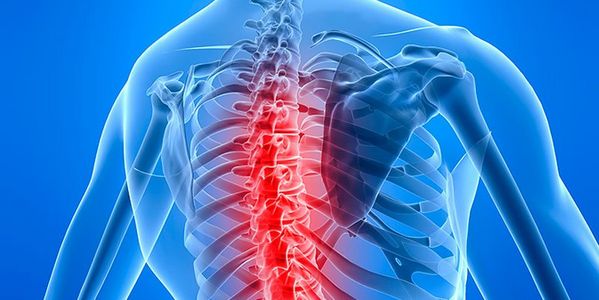Paralysis-what is this disease, the cause of the? Description, symptoms and prevention of the disease paralysis

Paralysis is a generalized term, meaning the inability to perform muscle (muscle) inherent functions. Paralysis is not a separate disease, and develops a second time against the backdrop of various diseases.
Causes of paralysis
The following causes of paralysis:
- acute spinal or cerebral circulation;
- tumors of the brain or spinal cord;
- abscesses of the brain or spinal cord;
- injuries to the brain or spinal cord;
- disease, accompanied by the disintegration of myelin (multiple sclerosis, disseminated Encephalomyelitis and other);
- inflammatory diseases of the brain or spinal cord;
- salts of heavy metals poisoning, neuro-paralytic poisons, alcohol, industrial poisons and other toxic substances;
- immunnovospalitelnye disease;
- myasthenia;
- botulism;
- myopathy;
- epilepsy;
- disease of motor neurons (eg, amyotrophic lateral sclerosis, spinal muscular atrophy and other diseases, accompanied by loss of motor neurons).
paralysis symptoms
A symptom of the paralysis is the lack of muscle strength in the affected muscle or group of muscles. Depending on the patient's muscles may be the gait, the overhang of the foot, the overhang of the head, lack of muscular strength in the limbs. It's also possible violation of the movement of the eyeballs, twang, gibber, rigidities in the language and other symptoms, associated with weakness or total dysfunction of muscles.
Paralysis-Diagnosis
In the first stage of the analysis of the complaints of the patient, medical history of disease. When neurological examination the physician evaluates the patient's muscle strength.
When analyzing the blood may detect inflammatory markers of blood (increased erythrocyte sedimentation rate, as well as the number of white blood cells). If you suspect poisoning carried out a toxicological analysis blood.
Test with prozerinom allows you to identify the miasteniju.
Instrumental methods of research conducted electroneuromyography, electroencephalography, CT scan, magnetic resonance imaging and magnetic resonance angiography.
When paralysis possible consulting neurosurgeon.
Paralysis is a kind of disease
Depending on the origin of obesity are central and peripheral. Central obesity is associated with the violation of the above motor motoneurons and combined with increased tone in the affected muscles. Peripheral paralysis is associated with damage to the motor neurons or nerves, that goes to the muscles.
Depending on the prevalence of the following types of paralysis:
- monoplegija-paralysis in one limb;
- hemiplegia-paralysis in the limbs on one side;
- paraplegia-paralysis only in the hands or feet;
- tetraplegia-paralysis in all limbs.
Paralysis-patient Actions
If you experience paralysis, you should immediately consult your doctor.
palsy treatment
Treatment of paralysis should be directed to the removal of the cause of a symptom. Depending on the cause, perhaps the following treatment methods:
- surgery (to remove tumors, hemorrhages and ulcers);
- receiving antihypertensive drugs to normalize blood pressure;
- taking antibiotics with infectious lesions of the brain or spinal cord;
- preparations, improve the conduction of impulses;
- Introduction protivobotulinicheskoj serums (when poisoning botulotoxin);
- medicines, improving the nutrition of nerve tissue;
- treatment of poisoning;
- vitamin;
- physiotherapeutic methods of treatment;
- massage and physiotherapy.
Paralysis-Complications
Over time, the paralysis can lead to permanent neurological defect in the form of reduced muscle strength or complete lack thereof. Also obesity may lead to Contracture and ankilozu joints.
Prevention paralysis
Preventing paralysis boils down to the following activities:
- timely treatment of infectious diseases;
- maintaining a healthy lifestyle and abandoning bad habits;
- a timely visit to a doctor if you experience health problems;
- control blood pressure.
